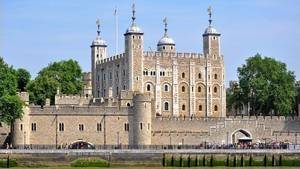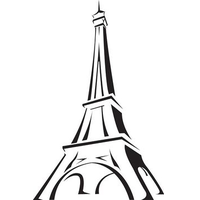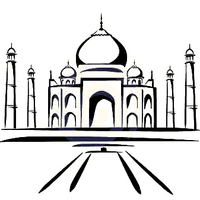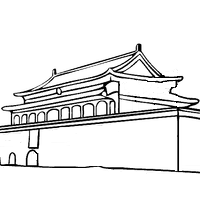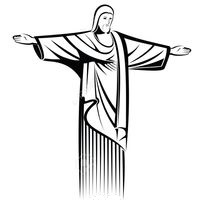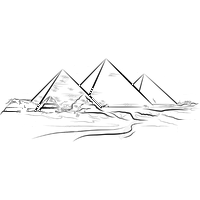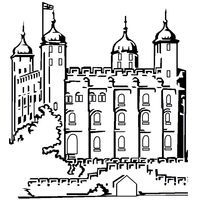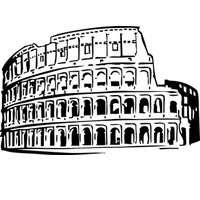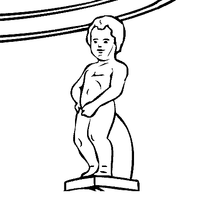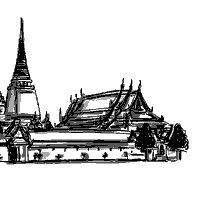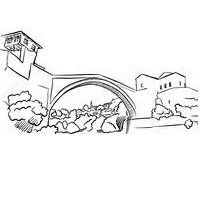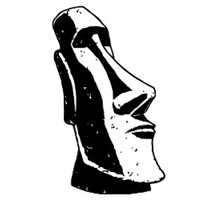The Tower of London is a historic castle on the north bank of the Thames in London. It had a great importance in the history of England and was besieged several times. It served as treasury, prison, Royal Mint manufacturing site, arsenal, menagerie and of course storage place for jewels of the Crown. The Tower of London has established itself as one of London's most popular and visited tourist attractions today. A visit to London would be incomplete without visiting the Tower.
The white tower, located in the most central part of the complex, was built to frighten and even terrify the Londoners. It also had a defensive role of course, its construction had to serve to avoid foreign invaders. The Tower contained housing for the king and had, originally, 3 floors. The entrance to the tower is above ground level, accessed by a removable wooden staircase on the south side. In ancient times, in case of attack, the staircase was removed to make access to the tower more difficult for the invaders. Over the years, several king held a court at the Tower of London and the tower also knew the two world wars. During the Second it was damaged by bombs. However, after the war, repair work was carried out and the Tower reopened to the public. The White Tower is now a World Heritage Site. You can spend a few hours crossing the 4 floors at your own pace or you can join one of the group tours conducted by Yeoman Warders or Beefeaters and they organize these tours with great pleasure. These guided tours last about an hour and begin near the main entrance.
On the ground floor of the White Tower is the "Ligne des Rois", an impressive permanent exhibition of royal weapons and other armor, real-size wooden horses and kings models. You will be amazed by the collection of armor that was once worn by the nobles in past years.
The tower complex is also home to the jewels of the Crown. Although this is a partial collection, the size and quality of gemstones and jewelry attract visitors from around the world to the Tower of London. The presence of a treadmill in front of the windows of the main rooms is an excellent idea that eliminates the clutter. The Jewels of the Crown, part of the Royal Collection, are an important facet of the British Monarchy and are still used in coronation ceremonies. Queen Elizabeth's Crown (Queen Mother) is made up of 2,800 diamonds, including the famous Ko-hi-noor. Words can not describe the magnificence of jewelry and priceless treasures that are housed here.
Elements to see at the Tower of London is also the museum of the fusiliers which guides you in the history of a regiment of British infantry. Founded at the Tower of London in the 1680s, its collections are made of rich archives of war diaries and flags, uniforms, etc. Military insignia, photographs, silverware, medals, and memories of defeated enemies are displayed.
For over 600 years wild and exotic animals were held captive in the Tower. Most of these animals were royal gifts and remained in the tower for the entertainment of the royal court. Lions, polar bears and elephants were the first animals to be brought to the tower and housed in the Royal Ménagerie. These were followed by kangaroos, monkeys, tigers and many more. In 1832, after several animal attacks on the tower staff and visitors, all animals were transferred to a new home at the London Zoo.
Regarding animals, it is important to note the presence of the crows of the Tower of London. At this moment there are seven ravens. According to legend, the crows are considered to be the guardians of the Tower. It is said that if they leave the Tower, the Kingdom falls, hence the importance of maintaining on the spot a small herd of crows that are permanently on the spot. During a visit we can also see replicas of terrifying torture instruments. They are at the Wakefield Tower.




